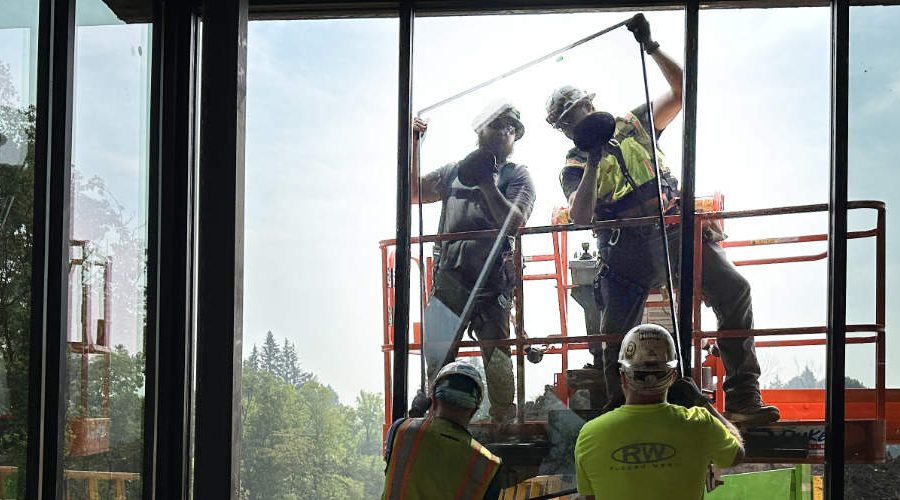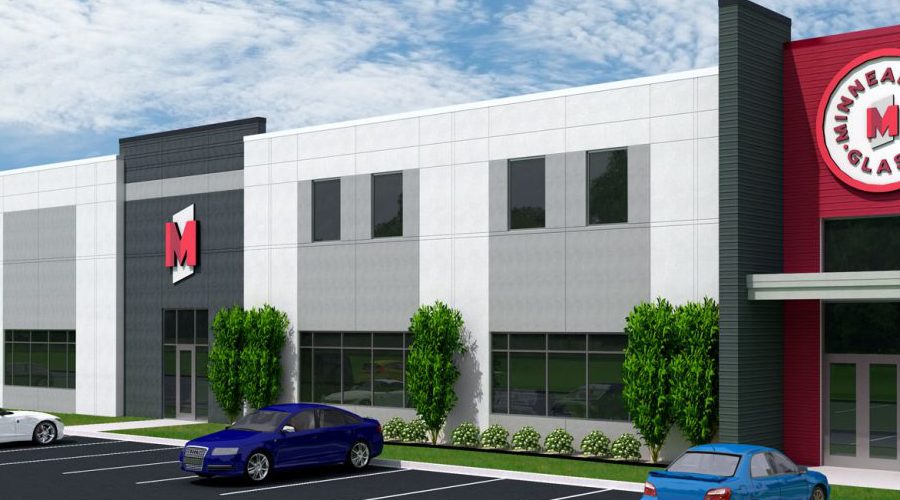When it comes to manufacturing and construction materials—rarely can you have it all.
Lightweight. Durability. Aesthetics. Cost. Each material has its own qualities, and making good business decisions (ones we won’t regret) comes down to predicting future needs and understanding what each material brings to the table.
As for choosing plexi vs glass for your distancing barrier material, here is the breakdown.
Plexiglass
Plexiglass is an acrylic material that is thinner, lighter-weight, more shatterproof, and, depending on features and cut, can be less expensive than glass. However, its soft, porous surface is subject to cracking, making cleaning more difficult, scratches more likely, and disinfecting less reliable. Plexiglass also tends to yellow and loses clarity as the material degrades with touch, light, and heat.
Plexiglass also requires specific cleaning products and wipes to prevent premature deterioration. And finally, check with your supplier on availability, as the rapid build-up of temporary barriers has stressed plexiglass supply chains and is causing longer lead times.
Glass
Glass is a hard, nonporous material with a high tolerance against scratches, chips, and breaks. Common disinfecting solutions and wipes can be used for cleaning and sanitizing. Its thicker and heavier structure adds sturdiness and durability to a variety of applications. Overall, glass is a longer-lasting material that maintains its clarity and adds sleek, seamless, modern aesthetics.
Both glass and plexiglass can be fabricated to include speak holes and pass-through windows as well as added features such as rounded corners. With glass comes a few more design options such as backpainting, decorative patterns, digital printing, and laminated patterns.
Consider Your Project
When thinking about your distancing barrier application, you may want to consider the following questions.
- Is the barrier a short-term (less than 3-6 months) or longer-term application?
- Who is my customer and what kind of experience do they expect?
- How do aesthetics come into play?
- Will the barrier be in a high or low traffic area?
- Will I need to move the distancing barrier?
- Can I install or drill?
- How frequently will the barrier need to be disinfected?
- Who will be responsible for disinfecting?
- What kind of disinfecting supplies are currently in use?
- How much surface area will need to be covered?
Resources
There are lots of resources to help design and choose distancing barrier solutions as this is a rapidly evolving field.
Minneapolis Glass Company offers several top selling barriers including freestanding and minimalist designs to maximize coverage and configurability while reducing assembly and installation. A complete Product Guide as well as custom services are available.


